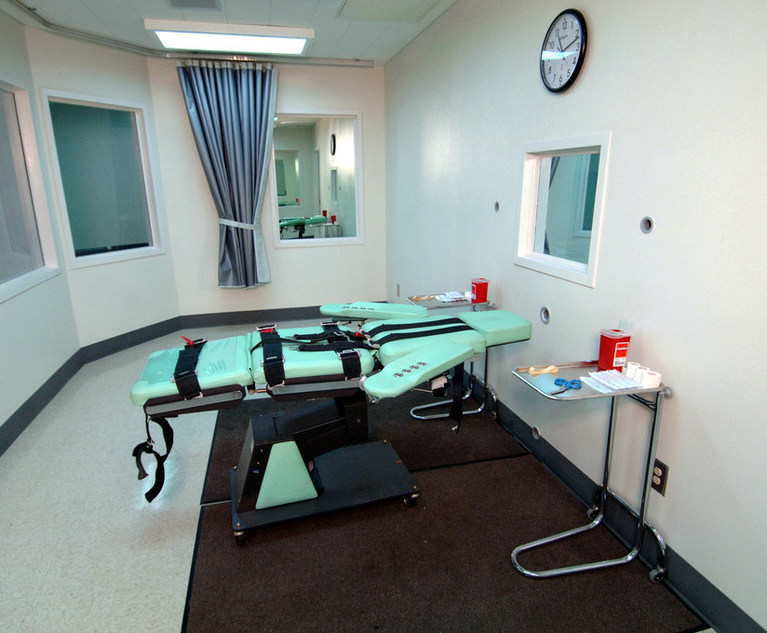When he was running for president, Donald Trump promised to ban immigration of all Muslims to the United States. After the election, Rudolph Giuliani claims that the president-elect convened a committee of lawyers to tell him how to do it. It turns out that it couldn’t be done. After a great deal of initial flailing about, including two hastily drafted executive orders overturned by the courts, the lawyers took over, and Trump had to settle for something between a gesture and a stunt as the most the courts could be persuaded to accept. The Supreme Court’s 5-4 decision in Trump v. Hawaii upholds his third effort by one vote, but it does it on the merits. The rule of law, such as the law is, has prevailed. The problem is that the settled law the court’s majority applied is itself xenophobic, grudging, arbitrary and indifferent to constitutional norms that apply within the United States.
Trump v. Hawaii was ultimately governed by Justice Jackson’s well-known concurring opinion in Youngstown, which states that the president’s power to issue executive orders is at its broadest where, as here, he is specifically authorized to do so by statute. Here, Immigration and Nationality Act § 1182(f) expressly authorizes him to “suspend the entry of any alien or class of aliens” whenever he finds that their entry “would be detrimental to the interests of the United States.” In Sale v. Hatian Centers, Inc., the court recognized that § 1182(f) authorized President Clinton to use the Coast Guard to intercept Haitian refugees and prevent them from landing in the United States to claim asylum.


 A large crowd rallies on the steps of the U.S. Supreme Court, led by top Democrat lawmakers, to denounce President Donald Trump’s executive order banning immigration from 7 Muslim-majority countries, on January 30, 2017.
A large crowd rallies on the steps of the U.S. Supreme Court, led by top Democrat lawmakers, to denounce President Donald Trump’s executive order banning immigration from 7 Muslim-majority countries, on January 30, 2017.




